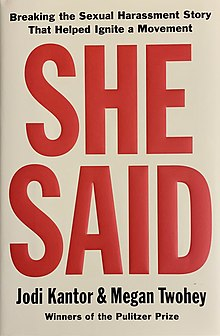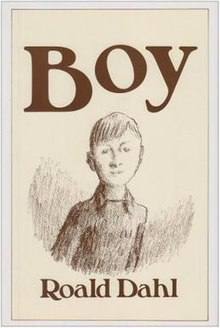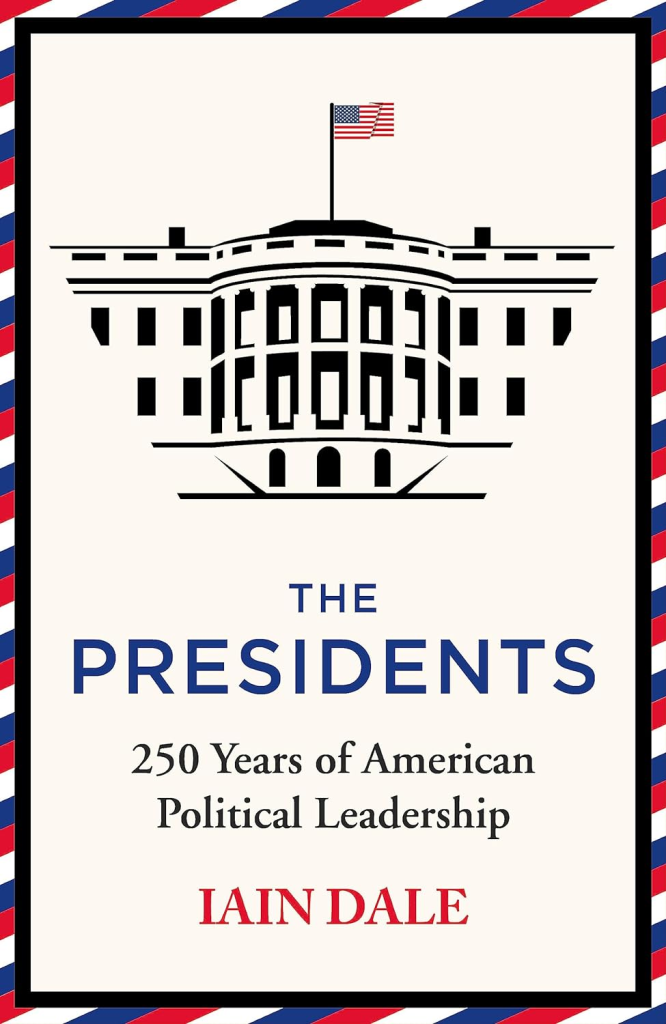
In his memoir Twelve Years a Slave, African-American Solomon Northup described how, having been born free in 1808, he was kidnapped and sold into slavery in 1841. So began twelve years of immense suffering as he worked upon plantations in Louisiana, until a chance meeting with abolitionist Samuel Bass ultimately led to his freedom in 1853.
- An altogether harrowing prose that provides a striking insight into the abhorrent institution of slavery and the atrocities afflicted upon enslaved people, as well as the lows that people have historically stooped too for financial gain (exemplified by how Solomon Northup ended up becoming enslaved), but it is also a hopeful narrative as we see Northup’s remarkable resilience and the strength to endure that his faith in God gave him.
- Solomon Northup was incredibly open and vulnerable with the prose, as he described what his experiences taught him about himself and about the things that humans are capable of, and he also detailed some of his regrets and horrors regarding the things that he thought when most angry or upset.
- Detailed descriptions of the work that the slaves undertook on plantations, as well as the treatment that some particularly brutal owners and/or overseers subjected them to provides a remarkable insight into the complexity and hard manual labour of their daily toil (and for readers today an insight into what farming looked like without modern-day equipment) as well as harrowing and gut-wrenching descriptions of the suffering inflicted upon them by bigots who simply enjoyed abusing their power, although none more so than the horrific acts that Edwin Epps inflicted upon slave Patsey.
- The detailing of the perils of the Louisiana bayou and of the variety of responses that white people would make to the sight of a black person unaccompanied by a white provides a clear understanding of why most slaves in that State did not attempt to escape, as we see that to do so would have been if anything more dangerous than staying on the plantation.
- It would have been totally understandable for Solomon Northup to unrelentingly condemn the family of his longest-serving and most vicious master, Edwin Epps, but instead he considered their humanity, praising Mrs. Epps for the times that she showed him kindness and described how the bigotry of Epps’s children (like that of their father) was a result of the environment in which they had spent their entire lives and the ideologies ingrained within them since infancy – in doing so, Northup provided a unique contribution to the Nature vs. Nurture debate.
- Solomon Northup’s recounting of his early life in New York could have featured a more detailed consideration of the social status of African-Americans, particularly as the emancipation process in that state was not completed until 1827.
VERDICT: MUST








